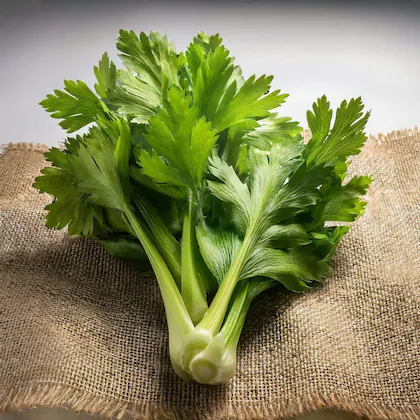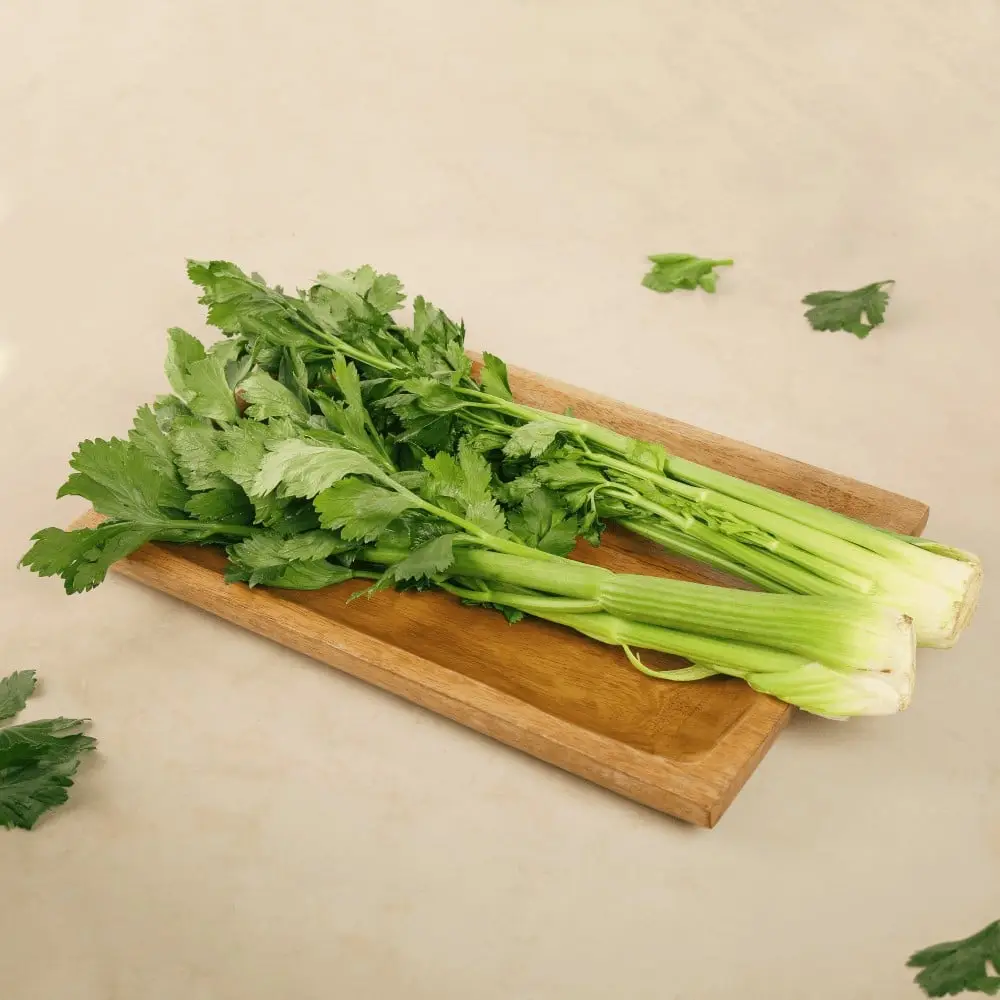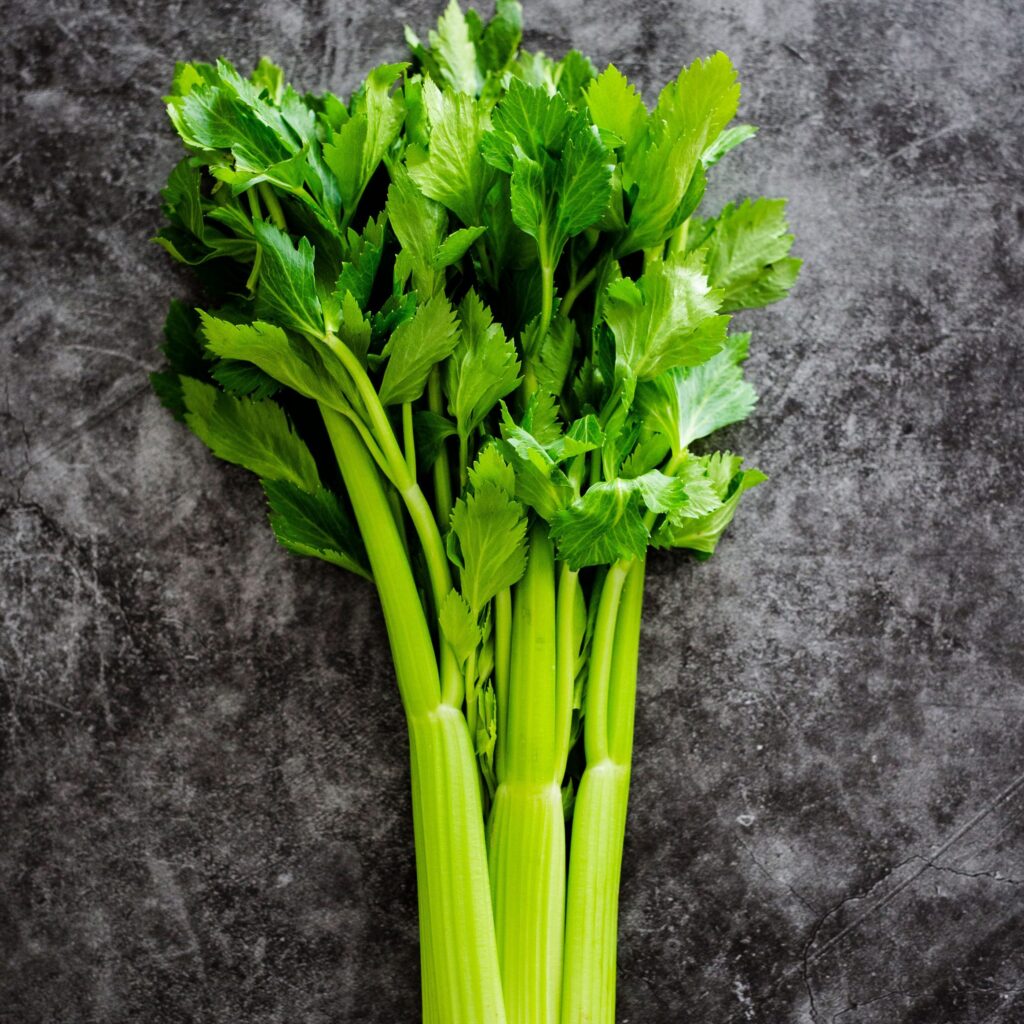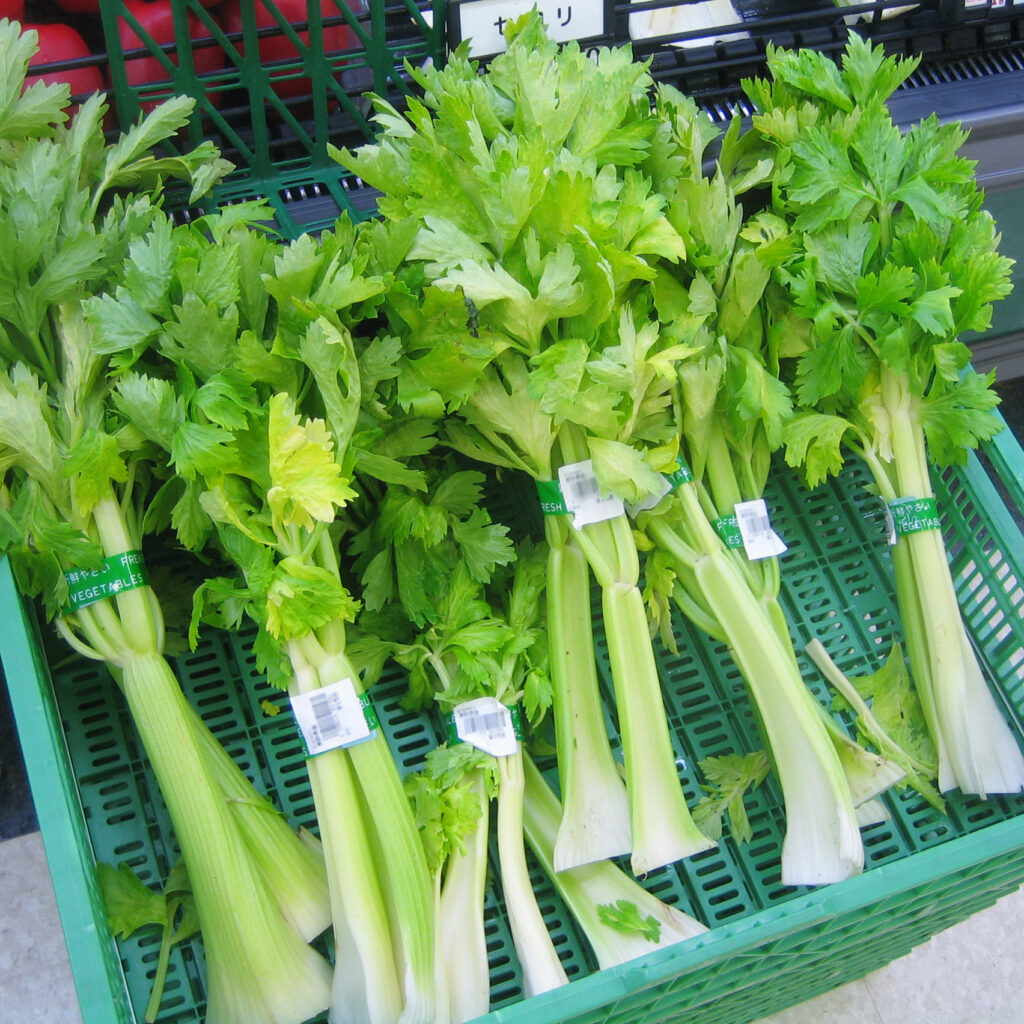Celery, scientifically known as Apium graveolens, is a globally popular vegetable and herb, valued for its crisp stalks, aromatic leaves, and health benefits. Whether it’s being dipped in hummus, juiced for detox routines, or finely chopped into soups and salads, celery plays an essential role in many culinary traditions around the world. But behind the crunch lies a significant agricultural effort. In this article, we explore which country holds the title of the largest celery producer in the world, how it achieved that status, and what this means for global agriculture and food supply chains.
A Snapshot of Global Celery Production

Celery is a cool-season crop that requires moderate temperatures, abundant water, and fertile soil. It is mainly grown in temperate zones across North America, Europe, and parts of Asia. The global celery market has witnessed steady growth, driven by increased health awareness, demand for low-calorie foods, and culinary versatility.
According to the Food and Agriculture Organization (FAO) and other global agricultural reports, over 1 million metric tons of celery are produced annually across various countries. Among these, a few nations stand out as key contributors to global supply — with one country dominating the charts.
The Global Leader: China

China is the undisputed leader in celery production, producing an estimated over 600,000 metric tons annually, which accounts for more than 60% of the global supply. This impressive figure puts China far ahead of other nations in both volume and cultivation area.
Why China Leads Celery Production
- Vast Agricultural Land: With extensive arable land and a favorable climate, China can dedicate large areas to celery cultivation.
- Multiple Harvests: In many regions of China, celery can be harvested more than once a year due to its adaptable climate, increasing yield per hectare.
- Regional Culinary Use: Celery, especially Chinese celery (Apium graveolens var. secalinum), is a staple in Chinese cuisine. It is frequently used in stir-fries, soups, and hot pots, creating strong domestic demand.
- Government Support: Agricultural policies in China emphasize food security and support the production of essential vegetables, including celery.
- Advanced Agricultural Techniques: Farmers use modern irrigation, greenhouse technology, and hybrid seeds to optimize growth.
Other Major Celery Producers

While China leads the pack, several other countries also play vital roles in global celery production.
1. United States
The United States, particularly California and Michigan, ranks second in global celery production. The U.S. produces approximately 300,000 to 350,000 metric tons annually.
- California’s Salinas Valley is often dubbed the “Salad Bowl of the World” and is the heart of American celery production.
- Celery in the U.S. is primarily used in the fresh market, with a significant amount consumed raw in salads or as a snack.
- The U.S. also exports celery to Canada, Mexico, and some Asian countries.
2. India
India has been steadily increasing its celery production in recent years, particularly in states like Punjab and Haryana. Although the exact figures vary, India is becoming a notable player due to:
- Growing use of celery in Ayurvedic and modern health-based diets.
- Export demand, especially for celery seeds and extracts used in pharmaceuticals and seasonings.
3. Spain
Spain, with its fertile Mediterranean regions, is one of Europe’s leading celery producers. Murcia and Valencia are key production zones. The country produces approximately 50,000–70,000 metric tons annually and exports a large share to other EU nations like Germany, France, and the UK.
4. Mexico and Italy
Mexico and Italy also contribute significantly to the global celery market. Mexico benefits from climate and trade proximity to the U.S., while Italy cultivates celery for both domestic consumption and EU-wide distribution.
Economic Importance of Celery

Celery is not just a vegetable — it’s a billion-dollar global industry. Its economic significance spans:
- Fresh market sales: Supermarkets, restaurants, and health-focused eateries.
- Processing industry: Soups, juices, freeze-dried celery, and seasoning blends.
- Celery seed oil and supplements: Used in traditional medicine and health products.
- Employment: Large-scale production involves thousands of farmers, workers, and logistics providers.
In China, for example, entire farming communities depend on celery cultivation for their livelihoods. In the U.S., celery production provides jobs across farming, transportation, and retail sectors.
Varieties of Celery Produced Globally
- Pascal Celery: Common in the U.S. and Europe, known for thick, crunchy stalks.
- Golden Celery: Grown in Italy and France, characterized by its yellowish stems.
- Chinese Celery (Leaf Celery): Grown widely in Asia, with thinner stalks and a more intense flavor.
Different countries cultivate different varieties based on culinary preferences, climate conditions, and market demand.
Challenges in Celery Production
Despite its popularity, celery cultivation comes with a unique set of challenges:
- Pest and disease issues: Celery is susceptible to blights, root rot, and aphids.
- Water dependency: Celery requires large amounts of water, making it vulnerable to drought.
- Labor-intensive: From transplanting to harvesting, celery is labor-intensive and prone to mechanical damage.
- Price volatility: Surplus or shortage can drastically affect prices in domestic and export markets.
China, with its massive scale and resource allocation, is better positioned to manage these risks than smaller producers.
The Future of Celery Production

With rising health awareness globally, the demand for celery is expected to increase, particularly in developing nations. Countries like India, Brazil, and Egypt are expanding their production base to meet both local and export demand.
Technological innovations like hydroponic celery, organic farming, and climate-smart agriculture are also being explored to reduce resource use and increase yields.
Conclusion
To answer the question clearly: China is the largest celery producer in the world, both in terms of total output and cultivated area. With its robust infrastructure, agricultural innovation, and strong domestic demand, China has established itself as the global hub for celery production.
However, other countries like the United States, India, Spain, and Mexico continue to play crucial supporting roles in feeding the world’s appetite for this nutritious, crunchy vegetable. As global diets continue shifting toward health-conscious choices, celery’s future as a vital crop appears promising — and nations investing in its cultivation are bound to reap significant economic and nutritional rewards.




Leave A Comment